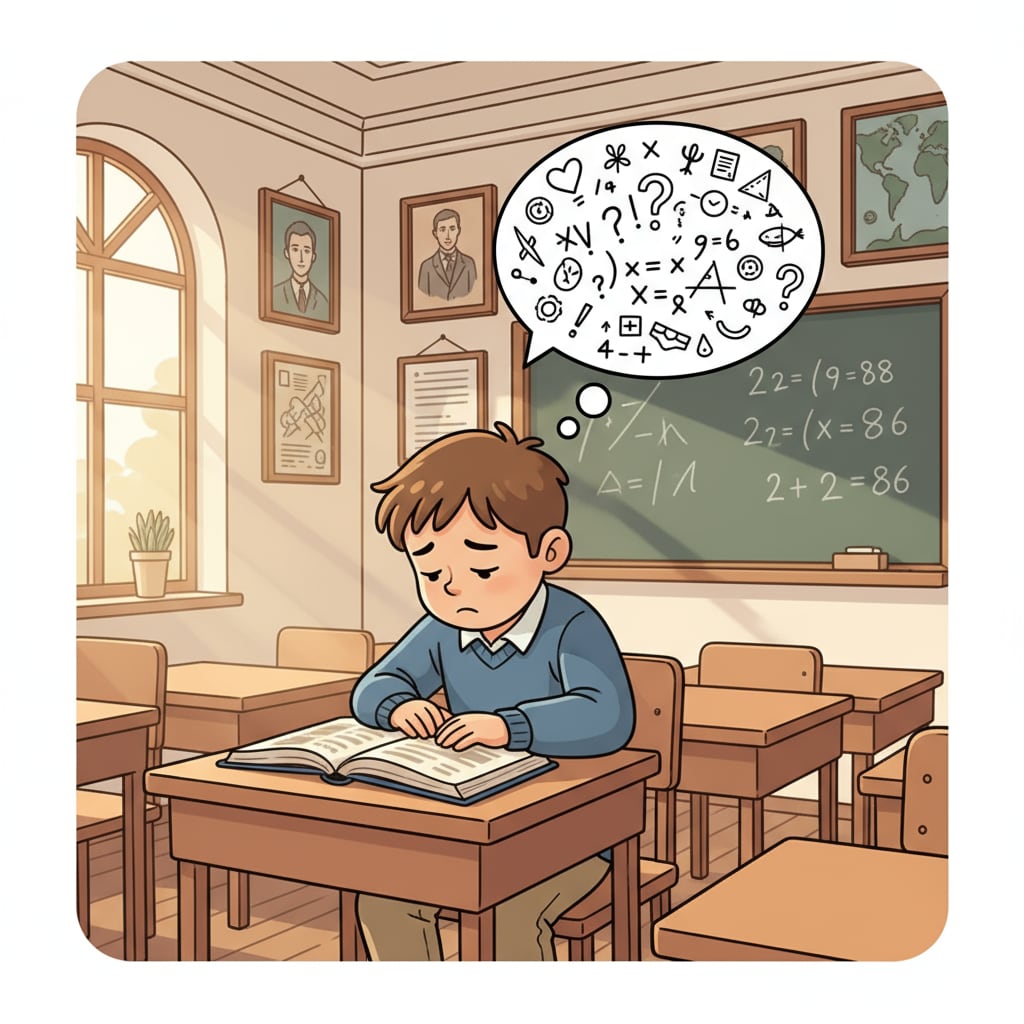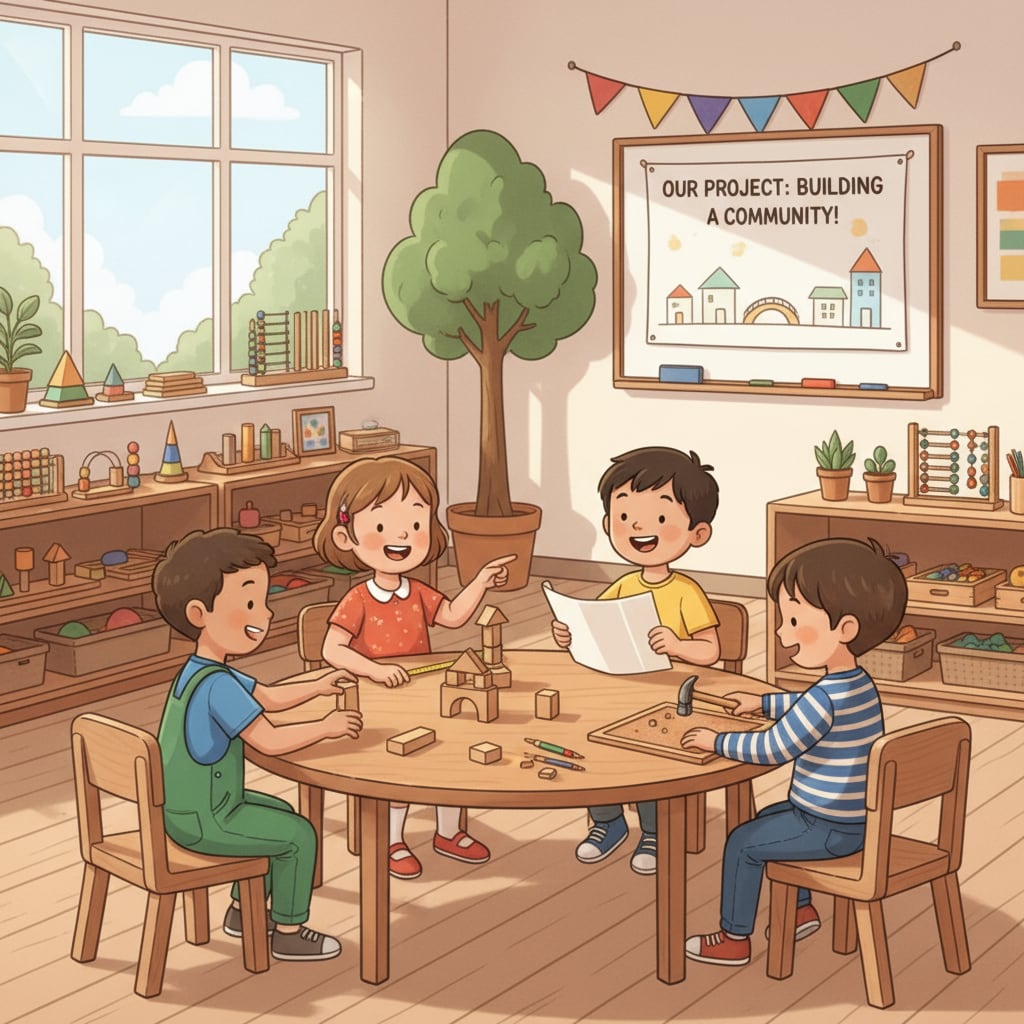Education choices, school trauma, and alternative education are crucial topics when considering the needs of children who might be “different.” In a world where the one-size-fits-all approach of traditional education often falls short, it’s essential for parents to look beyond the norm. Children who don’t conform to the typical educational mold may experience school trauma, which can hinder their growth and development. Alternative education offers a ray of hope, providing paths that can better suit their unique needs.
Understanding School Trauma
School trauma can stem from various sources. For instance, a child who is highly creative or has different learning styles may find themselves stifled in a traditional classroom. The rigid curriculum and standardized teaching methods might not allow them to express themselves fully. As a result, they may feel frustrated, anxious, or even develop a fear of school. This trauma can have long-lasting effects on their mental health and academic performance. According to American Psychological Association research on child trauma, addressing these issues early is vital.

The Allure of Alternative Education
Alternative education comes in various forms, each with its own set of principles and benefits. One such option is Montessori education. Montessori schools focus on individualized learning, allowing children to explore at their own pace. The environment is designed to stimulate curiosity and independence. Another alternative is democratic schools, where students have a say in the curriculum and school rules. This empowers them and promotes a sense of ownership in their education. Additionally, homeschooling provides a customized learning experience tailored to the child’s specific needs and interests.

Montessori education, for example, follows the philosophy of Dr. Maria Montessori. It emphasizes self-directed activity, hands-on learning, and collaborative play. In Montessori classrooms, children are given the freedom to choose their activities, which helps in developing their concentration and love for learning. Democratic schools, on the other hand, operate on the principle of student participation. Students and teachers work together to make decisions, creating a more inclusive and engaging learning environment. Homeschooling, meanwhile, allows parents to be actively involved in their child’s education, adapting the curriculum to the child’s strengths and weaknesses.
Readability guidance: By exploring these alternative education options, parents can help their “different” children overcome school trauma and thrive. Each option has its own merits, and it’s important to carefully consider what suits the child best. Transition words like “however,” “therefore,” and “in addition” help in presenting a clear and organized view of these choices.


